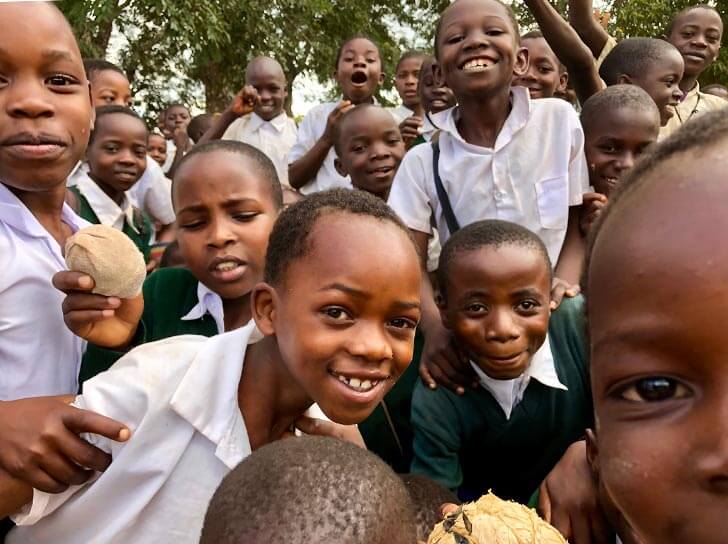Local
Check out highlights from our local level interventions to tackle child labour by getting kids back into school, supporting rural livelihoods and improving access to decent work.
The ECLT Foundation works directly with communities in 6 countries.
See our:
According to the UN Convention on the Rights of the Child (CRC), the most widely accepted international human rights treaty in history, “children have the right to be protected from work that is likely to be hazardous or to interfere with the child’s education, or to be harmful to the child’s health or physical, mental, spiritual, moral or social development.”

The ILO says that light work for children aged 13–15 (for limited hours and not harming their health, safety or school attendance and achievement), or for those aged 12-14 if the minimum age is set at 14, can be permitted. Helping around the house in a safe way can be an important part of childhood in some cultures. Light work, however, should not be for more than 14 hours per week. For children above the minimum working age (say 15-18 in most countries) can work full time so long as they are not doing work which is considered a 'Worst Form of Child Labour.'
.jpg)
of children in the Americas are in child labour
of children in Africa are in child labour – almost 1 in every 5 children!
of children in Asia/Pacific region are in child labour
Hazardous child labour is work done by a child under 18 years old that is likely to harm his or her mental and/or physical conditions. It is one of the worst forms of child labour, as defined in ILO Convention 182 on Worst Forms of Child Labour.
Check out the video to see what hazardous child labour means.
Child labour is a systemic problem with complex root causes, which make it a global challenge across sectors and cultures. Poverty, social instability, low levels of education and awareness, insufficient decent work opportunities and poor social programmes are some of the main factors that cause child labour around the world.
According to the latest ILO statistics, most child labour takes place within the family unit and, in agriculture, it is found in both subsistence and commercial farming. In many crops, including tobacco, it is common for children to work alongside their parents.
Watch the video to see some of the root causes of child labour in agriculture.
Multi-stakeholder action and collaboration produce sustainable solutions against child labour. Working with partners at the international, national and local levels is key to systemic change.
Check out highlights from our local level interventions to tackle child labour by getting kids back into school, supporting rural livelihoods and improving access to decent work.
ECLT collaborates with national partners to coordinate and strengthen efforts and close the gaps in child labour fighting activities. Read our latest news on this!
Here you can find the latest updates on ECLT's work at an international level, aligning with worldwide standards and working together with global partners to bring real change for farmers, families and children in areas where tobacco is grown.